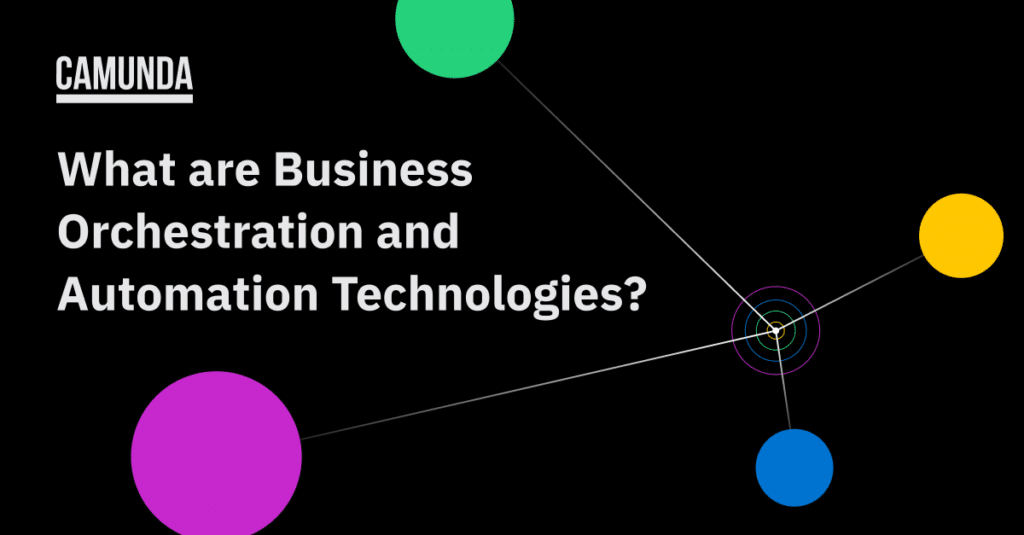At this month’s Application Innovation & Business Solutions Summit in Las Vegas, Gartner announced a concept called BOAT, or Business Orchestration and Automation Technologies. As VP Analyst Saikat Ray explained, BOAT isn’t a new market. It’s a recognition that the capabilities of automation tools and technologies have been converging for some time now. BOAT specifically looks at the convergence of business process automation (BPA) technology, robotic process automation (RPA) tools, integration platforms as a service (iPaaS), and low-code application development platforms (LCAP).
Ray pointed out that today, automation is easy to understand and easy to justify. It delivers cost optimization, agility, efficiency, and accuracy. But it’s always hard to execute, and one reason is that the automation software market is huge, with many overlapping capabilities between tools and vendors. It’s often hard to understand which tools are the best for your particular use case.
How did we get here?
A notable example of overlapping capabilities in automation is the RPA market. RPA started as a technology that could screen-scrape the GUIs of legacy applications so users could automate repetitive tasks (usually around data entry). However, RPA vendors quickly started adding capabilities for basic workflow automation, including the ability to add custom code to workflows so developers can connect to modern applications that communicate via APIs.
LCAPs are another example. They originated as platforms that would enable people who aren’t professional software developers to build simple applications with a GUI and basic data I/O and manipulation capabilities. However, most LCAPs now also include some level of workflow automation, allowing users to synchronize data with their enterprise tools and even trigger customer-facing actions such as sending emails.
iPaaS is a similar story. Integration platforms address the need to move, copy, synchronize, and manipulate data as it flows between many different systems. Many iPaaS tools started by providing point-to-point integration between various tools, but the need for a workflow or process that connects those integrations quickly became obvious. Today, some iPaaS vendors have added support for process modeling and execution, with some even supporting the BPMN standard.
By now, you’ve probably noticed a common theme. Many tools that were originally built to solve specific automation use cases now include workflow or process automation capabilities.
BPA technology is a slightly different story. Whether you call it business process automation, digital process automation, or business process management, it has always been a process-first approach to automation. Capabilities such as screen-scraping, low-code application development, and technical integrations are often accomplished via a combination of connectors for common use cases and custom code for specific scenarios.
The importance of orchestration
During the Gartner Summit, Ray emphasized that the “O” in BOAT is critical. You can’t get the most out of your automation technologies if you can’t orchestrate the processes that build and sell your company’s products and services.
In fact, what we often see at Camunda is that over-investing in isolated point automation tools without a process orchestration strategy creates compounding technical debt, trapped automation value, and a diminishing return on investment. While the business might initially benefit from quick wins that point automation delivers, point automation is by its nature disjointed, and it often takes a lot of effort and IT resources to integrate a variety of tools into end-to-end business processes. Process orchestration is key to avoiding technical debt from disjointed automation tooling.
What’s next for Business Orchestration and Automation Technologies
The importance of orchestration was further reflected in Ray’s assertion that all players in the BOAT market must orchestrate better because that’s where they can differentiate themselves. In the world of process automation, it’s not enough to be cloud-first, API-first, or AI-first. It’s scalable, resilient process orchestration that will set vendors apart in this crowded and complex market landscape.
In the world of process automation, it’s not enough to be cloud-first, API-first, or AI-first. It’s scalable, resilient process orchestration that will set vendors apart in this crowded and complex market landscape.
It’s no surprise that we at Camunda agree. In fact, it’s exciting to see industry analysts and other software vendors talking about orchestration. Process orchestration is in our DNA and the need for scalability and resilience is why we built Zeebe, our next-generation execution engine. Zeebe is a distributed system that uses event streaming technology to deliver massive scale and resilience for business-critical processes.
Of course, process orchestration isn’t a stand-alone technology. The beauty of it is that you can orchestrate processes that leverage the RPA, iPaaS, and LCAP tools that you already have—not to mention the many other tools and technologies that teams across your organization use.
(And don’t forget about human work! Another beautiful thing about process orchestration is that it enables you to orchestrate tasks that are done by people in the same way you orchestrate automated tasks.)
As Gartner publishes more research on BOAT, think about your short-term technical challenges as well as your long-term business goals. Process orchestration very well could be the key to addressing those challenges, avoiding creating additional technical debt, and orchestrating your most critical processes from end to end to deliver lasting automation value.
Learn more
If you’d like to learn more about orchestrating business processes with Camunda, check out the wealth of customer presentations from CamundaCon Berlin.
If they spark your interest, why not sign up for CamundaCon NYC? Online attendance is free and you’re guaranteed to hear lots of interesting stories from companies that are on successful process orchestration journeys.
And if you’d like to get hands-on with process orchestration, sign up for a free trial of Camunda.


Start the discussion at forum.camunda.io